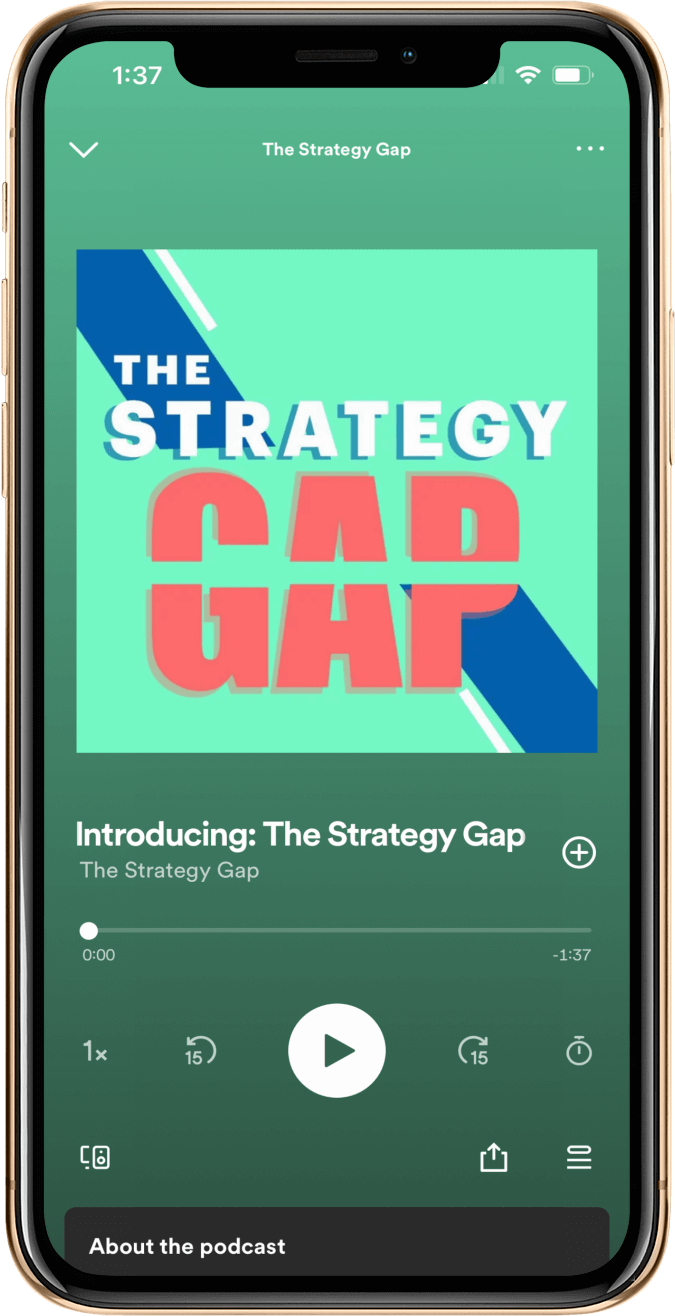Have you been looking to uncover the secrets of successfully building and maintaining an all-star team? If so, you’re in luck!
Eric Patten, EVP of Operations at Kingstree, talks through his personal approach to team building and increasing productivity. In his unique role, Eric’s 31 years of experience in nursing helps with building effective teams and creating long-term relationships with clients. He shares his insights on strategically building and assessing teams, handling workplace turnover and responding to feedback.
Taking a consultative needs-based approach to team building
In any setting, but especially in the medical field, there are many moving parts to delivering the best solution and, by extension, there are many individuals working on one team.
From doctors to nurses to patients and beyond, it is imperative to have an effective team that works collaboratively.
But the question still remains — what are the best practices for building a stellar team?
“When I build a new team, I look at the customer needs. Then I talk to the customer to confirm needs before going to my team to assess them and then appropriately match a team with that customer,” says Patten.
For example, if the customer has particular clients who are injured individuals or has employers or employees who are in particular locations, the team should be built around that location.
Take stock of customer and client needs. Find a way to balance them, and work to make sure your team is made of the right individuals with the appropriate skills and components to achieve the desired solution.
That also means going out and finding the right team members if important skills or components are missing.
Once the dream team is established, the next step is managing the process by working directly with the team. Speak with individuals to find pain points, and ask what tools they think they need to overcome and move forward.
“I always use a consultative approach and give guidance along the way. It’s never punitive, so there’s not that dictated or authoritative approach. It’s about collaboration,” Patten says.
Ensuring the right players are driving your team to success
Whether it happens quarterly or annually, assessing needs and determining how to meet or address them should take precedence when team building and maintaining.
For example, if your point of contact for a particular site and the manager of that site don’t get along, that should be quickly addressed to avoid any issues down the road.
“Sometimes it’s perception. You need to get a pulse check on how things are going on the other end and then come back to the table and further the conversation,” says Patten.
Taking a moment to consult with key players provides an opportunity to ask if the right people are working in the right roles. Should you come to find conflict or a gap in skill or ability, you are already encouraged to find the right people.
Often, the perfect time to do these pulse checks is during quarterly case reviews.
“Quarterly reviews are a great opportunity to dig in and question any disconnects. Ask the team if they also see an issue and if it would benefit them to add certain components or bring another person in to help,” Patten says.
Two key factors of a great fit for your team
If you’re consulting correctly, there will eventually be a missing link or components in conflict with one another. When that happens, what factors should you consider when looking for a solution such as finding the right individual to add to the team?
Building an all-star team is easiest if you plan as if you’re solving a specific problem.
“Two key factors of a good team fit are geographic location and structure. Both help to ensure teams are working consultatively,” Patten says.
Think about it. It wouldn’t make sense to add someone living on the East Coast to a West Coast-based team for reasons such as time differences and physical distance. Timely and effective communication is likely to be a pain point when failing to consider location.
Likewise, it doesn’t make sense to have team members sitting in the wrong roles, no matter if those roles are above, below or adjacent to the best fit for that individual.
Effective team maintenance: re-teaming vs. dedicated team
Good team building often leads to natural synergy within the team. It may come to mean that a team has two individuals who always work with a specific customer, but is it better to have a dedicated team or engage in periodic re-teaming?
Changing team members invites new learnings and new experiences.
“I always like to change it up and add an additional component to that midstream or latter part of the relationship because we are in a society where people are no longer jumping into a role and staying in it for 20 years,” says Patten.
Effective team maintenance requires proactive thinking.
It’s great to have a seasoned team member who is established, reliable and trusted by the customer, but what happens when they suddenly leave, resulting in a gap on the team and a customer who is losing satisfaction and trust?
This is where changing things up comes into play. Adding additional team members levels out the playing field. Then, if someone on the lead team leaves, there is another familiar team member available to step in or step up.
Listen to The Strategy Gap
A podcast about the space between savvy strategy and practical execution, including everything that can go wrong on the way.

Interested in learning more about team building and maintenance? Listen to our latest conversation with Eric, where we discuss team building, communication and teamwork, assessing team fit and more. Listen on Apple Podcasts, Spotify, or your favorite podcast player.



